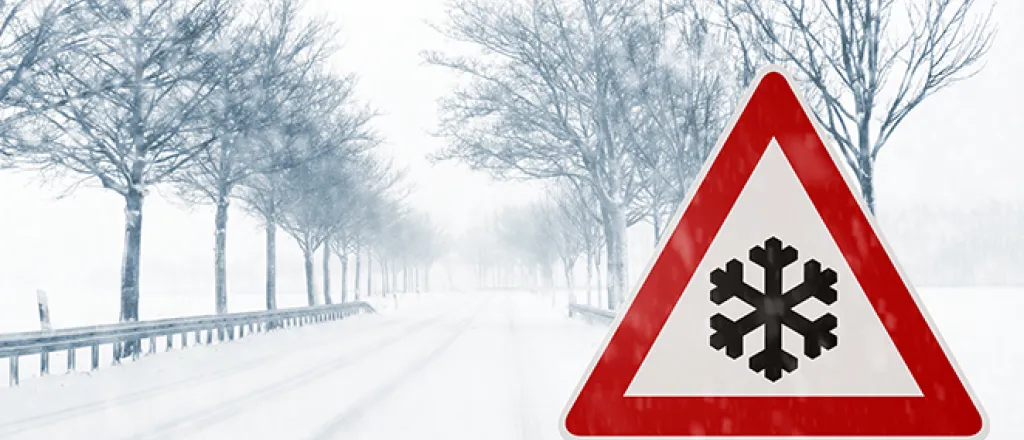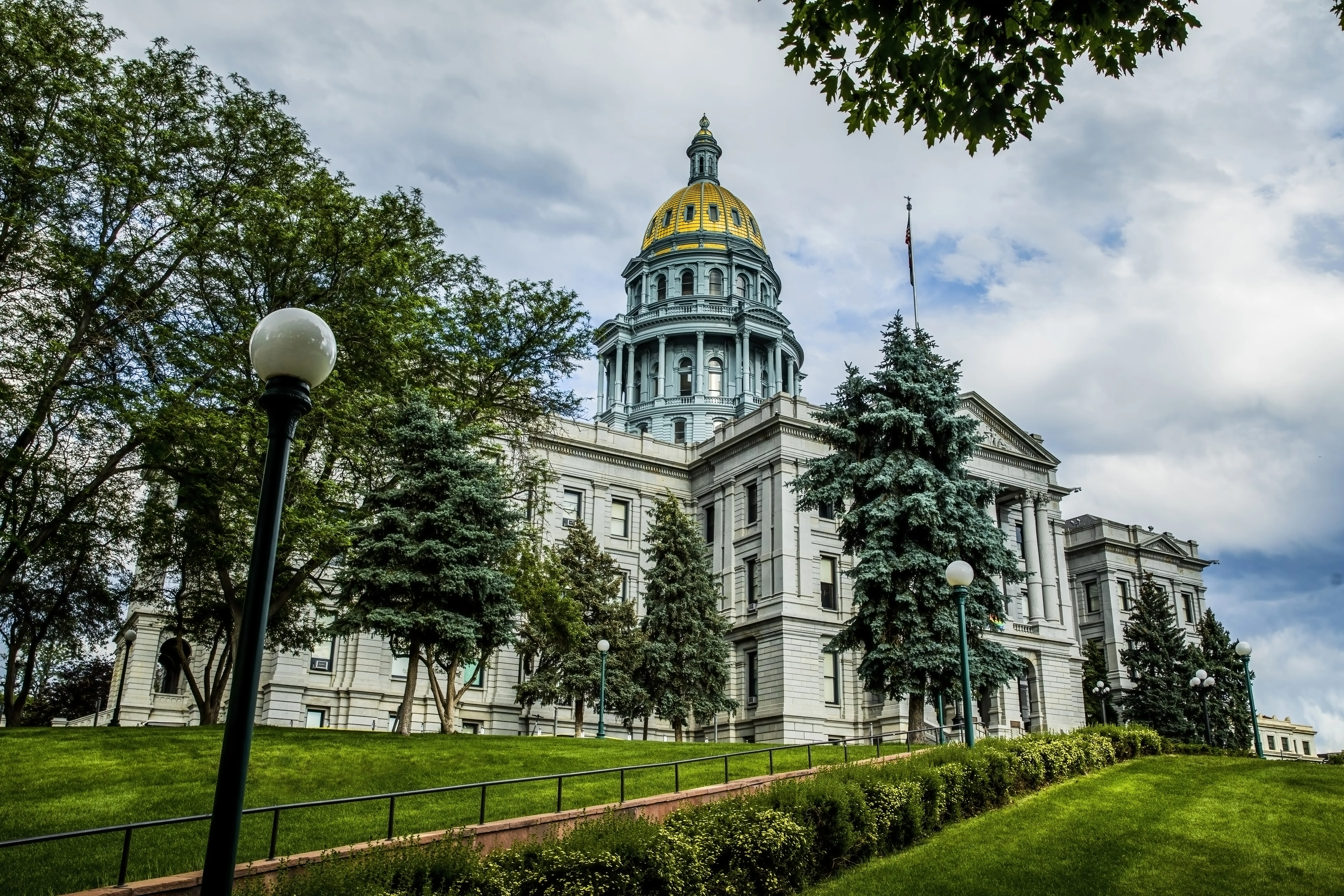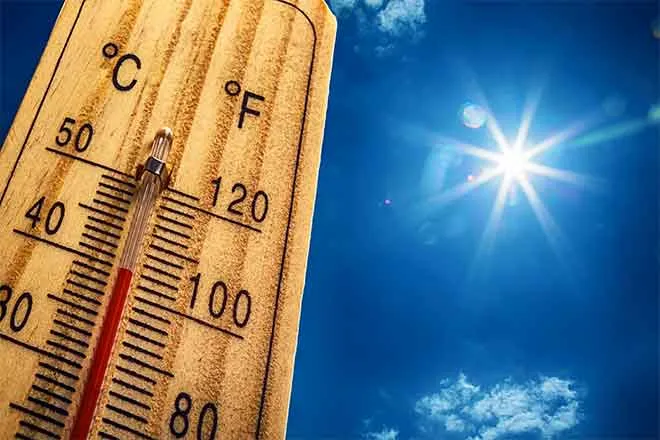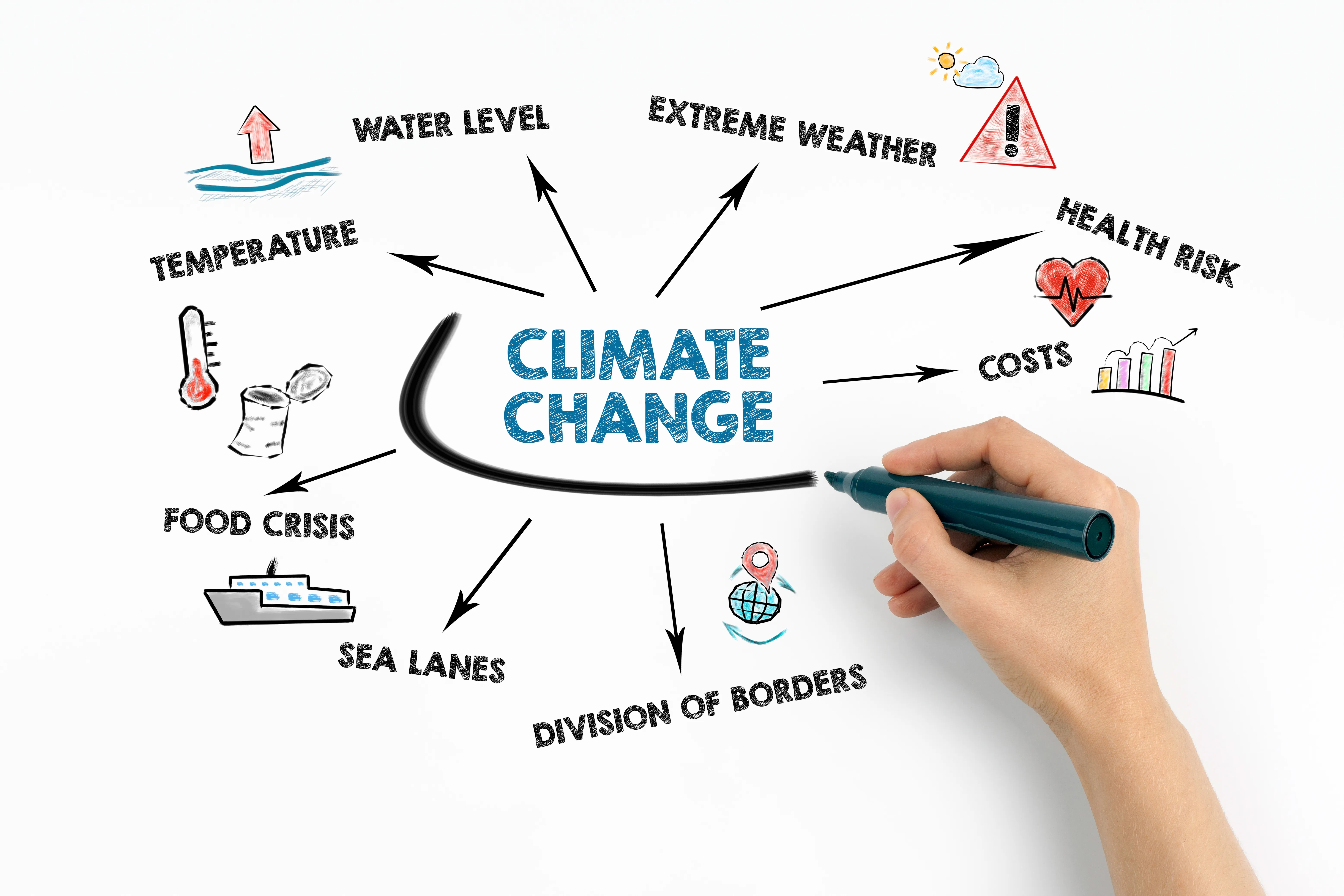
High Winds are a Major Risk in Colorado During the Winter
Winter Weather Preparedness Week continues through Saturday. Tuesday’s article about winter watches, warnings and advisories can be found here.
The two main causes of high winds in Colorado during the cold season are the air pressure difference between strong low pressure and cold high-pressure systems, and Chinook winds developing across the front range and other eastern mountain ranges.
A strong, cold high-pressure system moving in from the north and setting up to the west of the Rockies can generate damaging winds down the leeward slopes of the mountains, known as a Bora. These episodes feature widespread high winds from the west or northwest into the adjacent plains at speeds which can exceed 100 mph. Much more rare are those episodes when low pressure is across the Rockies, and strong, cold high pressure is across the Great Plains. The result is damaging winds from the east across the western slopes of mountain ranges and adjacent valleys.
Mid and upper level winds over Colorado are much stronger in the winter than in the warm season, because of the huge difference in temperature from north to south across North America. West winds, under certain conditions, can bring warm, dry Chinook winds cascading down the slopes of the eastern mountains. These winds can exceed 100 mph in extreme cases, bringing the potential for widespread damage. Winds of 60 to near 100 mph will occur in and near the foothills in areas such as Fort Collins, Boulder, Denver, Colorado Springs, Canon City, Westcliffe, Walsenburg, and Trinidad. The areas around Boulder and Westcliffe are especially prone to these extreme wind episodes.
Dangers from high winds include flying debris, reduced visibility due to dust, damaged or destroyed structures, downed power lines, and overturned vehicles. The National Weather Service will issue a High Wind Watch when there is around a 50 percent chance for high winds to develop during the next day or two. When the risk becomes more certain in a specific area, a High Wind Warning will be issued. Cold strong winds can also bring dangerously low wind chill values, prompting a Wind Chill Advisory or Wind Chill Warning.
If high winds are forecast for your area, you should bring lightweight objects indoors, tie them down outdoors, or move them so they do not become dangerous missiles. Any downed power lines should not be approached. Instead call the utility company. Stay clear from buildings under construction during high winds, as they can easily collapse. Traveling on north south roads near the mountains along the Front Range during a high wind episode can also be dangerous. If you drive a lightweight or high-profile vehicle, you may want to wait until the high winds die down.
Weather information updated throughout the day can be found at http://KiowaCountyPress.net/weather.

















